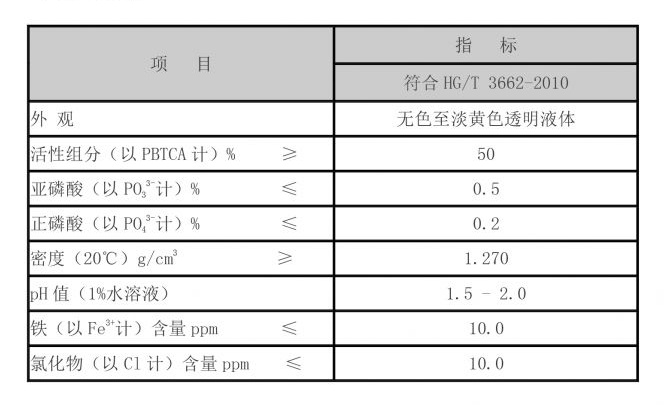Comparison of Dodecyl Dimethyl Benzyl Ammonium Chloride with Other Cationic Surfactants
Dodecyl Dimethyl Benzyl Ammonium Chloride A Comprehensive Overview
Dodecyl Dimethyl Benzyl Ammonium Chloride, often abbreviated as DDBAC, is a quaternary ammonium compound widely utilized in various industries due to its surfactant, antimicrobial, and biocidal properties. Understanding its chemical structure, applications, and safety considerations is vital for those working in fields such as pharmaceuticals, cosmetics, and industrial cleaning.
Chemical Structure and Properties
DDBAC is characterized by its long hydrophobic dodecyl chain, connected to a quaternary ammonium group. The presence of the aromatic benzyl group enhances its ability to interact with biological membranes, making it a potent biocide. The molecular formula of DDBAC is C₁₈H₃₀ClN, and it appears as a colorless to pale yellow liquid or solid, depending on the formulation. With a high surface activity, DDBAC can significantly lower the surface tension of water, which enhances its efficacy as a surfactant.
Applications
1. Antimicrobial Agent DDBAC is predominantly recognized for its antimicrobial properties. It is effective against a broad spectrum of bacteria, fungi, and viruses, making it an important ingredient in antiseptics and disinfectants. In healthcare settings, DDBAC is used to sanitize surfaces and equipment, reducing the risk of hospital-acquired infections.
2. Industrial Cleaning Many cleaning products incorporate DDBAC due to its strong detergency and ability to emulsify oils and grease. It can be found in formulations for heavy-duty degreasers, surface cleaners, and sanitizing agents. Its ability to foam enhances soil removal, making it popular for cleaning machinery and equipment in industrial environments.
3. Cosmetics and Personal Care In the cosmetic industry, DDBAC is used as a conditioning agent and preservative. It helps to stabilize emulsions and enhance the longevity of products. Its antimicrobial properties also assist in extending the shelf life of personal care formulations, such as shampoos, conditioners, and lotions.
dodecyl dimethyl benzyl ammonium chloride

4. Water Treatment DDBAC is employed in water treatment processes, particularly for controlling algae and bacteria in swimming pools and other aquatic settings. Its biocidal action helps maintain clean and safe water, making it a valuable component in recreational and industrial water management.
5. Agricultural Uses The agricultural sector utilizes DDBAC as an effective pesticide and herbicide. Its ability to disrupt microbial cell membranes makes it a potent agent for controlling pests and pathogens on crops, thereby supporting agricultural productivity.
Safety and Environmental Considerations
While DDBAC is widely used and effective, it is important to consider safety and environmental implications. Prolonged exposure to DDBAC can lead to skin irritation and respiratory problems, which necessitate the use of appropriate personal protective equipment when handling the compound. Additionally, its biocidal properties raise concerns regarding potential impacts on non-target organisms in the environment.
Regulatory agencies, such as the Environmental Protection Agency (EPA) in the United States, have established guidelines for the safe use of quaternary ammonium compounds, including DDBAC. Proper usage, storage, and disposal are crucial to mitigate environmental risks and ensure human safety.
Conclusion
Dodecyl Dimethyl Benzyl Ammonium Chloride is a versatile compound with a wide range of applications across multiple industries, primarily due to its surfactant, antimicrobial, and biocidal properties. Its effectiveness in disinfectants, industrial cleaners, cosmetics, and agricultural formulations underscores its significance in modern applications. However, safety and environmental considerations must be an integral part of any discussion surrounding DDBAC, ensuring that its benefits are harnessed responsibly. As industries continue to evolve and seek effective solutions for cleaning, disinfection, and pest control, the role of compounds like DDBAC will likely remain prominent, balancing efficacy with safety and sustainability.
-
2 Phosphonobutane 1 2 4 Tricarboxylic Acid (PBTCA) – Superior Scale InhibitorNewsSep.01,2025
-
2 Phosphonobutane 1,2,4 Tricarboxylic Acid (PBTCA): Superior Scale & Corrosion InhibitorNewsAug.31,2025
-
Dodecyldimethylbenzylammonium Chloride: High-Purity DisinfectantNewsAug.30,2025
-
2-Phosphonobutane-1,2,4-Tricarboxylic Acid: Scale & CorrosionNewsAug.29,2025
-
Premium Isothiazolinones | Broad-Spectrum Biocidal SolutionsNewsAug.28,2025
-
LK-319 Special Scale And Corrosion Inhibitor For Steel Plants: Advanced Solutions for Industrial Water SystemsNewsAug.22,2025





